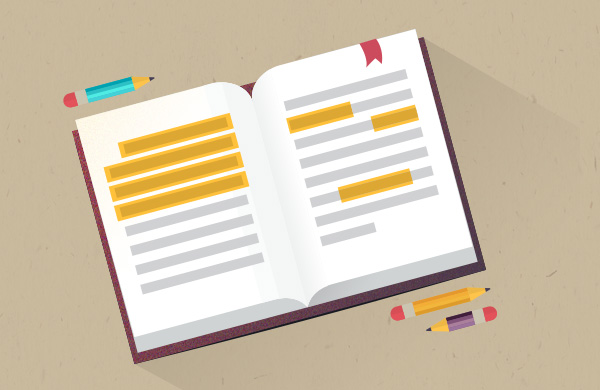Plagiarism is one of the top disputed topics in academic communities. There are multiple examples of plagiarism in universities. You’re already used to the idea that students are routine rule violators, and it is no wonder that they are accused of cheating. But what about the opposite situation?
Fancy a university professor was a student – she or he copies students’ work and claims it to be his or her own. There’s no doubt that some of the educators will not put up with being accused of plagiarism – they get used to the accuser’s role. But educators aren’t always as innocent as one might think.
Plagiarism checkers say “yes”
Typically, universities receive about five complaints a year stating that professors poach students papers, but usually, they are rejected because of a lack of adequate proof.
In addition to this, students prefer to anonymously notify university administration of abuses by their professors. Plagiarism search proves that students’ works are copied, but they are afraid to be punished for making complaints against their educators.
Similarities finders have a variety of helpful function, for instance, with a plagiarism report, it would be easy to prove who’s guilty. Discover more here.
Sometimes students simply do nothing about this while universities prefer not to air their educators’ dirty laundry in public. That’s why violations might happen more often than officially reported.
Dickinson-Johnson plagiarism case
This happened at the University of Arizona (UA). Susannah Dickinson, an assistant professor at the School of Architecture at the University of Arizona, partially used materials from Nicholas Johnson’s master’s thesis on biomimetics and presented them as her own. Dickinson, who won a national teaching award from the Association of Collegiate Schools of Architecture, was Johnson’s faculty adviser for his master’s thesis.
After the story came out, Dickinson refused to comment on the situation.
The plagiarism was discovered when Johnson found Dickinson’s paper and looked it over while searching for more information for his own paper. Surprisingly, he saw much of the content he had written himself.
UA checked Dickinson’s work for originality, and it turned out that it contained 20 percent of similarity. The main problem was that Dickinson didn’t cite Johnson and used no footnotes. After the incident occurred, the assistant professor received only a formal warning.
As Johnson stated, he didn’t bring the situation to light, as had no desire to expose himself to the risk. Also, he was sure, that after an online plagiarism test, the incident was deliberately concealed.
Violation repeated
Unfortunately, that was not the end of the story. When Johnson found out that Dickinson’s paper still remained unchanged without attributing his thesis, he repeatedly complained to university authorities.
The only thing that even remotely hinted at Dickinson’s use of Johnson’s work in her paper was a one-sentence note inserted into the text body informing the reader that he did much of the paper’s research.




